How online retail brands can benefit from video commerce
Consumers today want a visually engaging online shopping experience that is personalized at the same time. According to a recent study, 52% of consumers said that watching videos makes them more confident about their purchase decisions.
As one of the most shareable forms of media, videos not only boost your brand’s voice, but also help you build an emotional connection with your customer.
Thus, including it as a part of your marketing strategy will not only help you drive conversion, but also increase average order value, differentiate marketing campaigns, increase margins and reduce return and development costs.
6 ways for video engagement
Here are six ways suggested by MobStac on how to make videos work for your e-commerce store:
-
1. Feature engaging product videos
Not only does engaging video content improve the look and feel of your e-commerce website, but also has a huge impact on customer behaviour thus motivating your customers to make more frequent and larger purchases. According to a recent study, 73% consumers are more likely to purchase a product after viewing product videos.
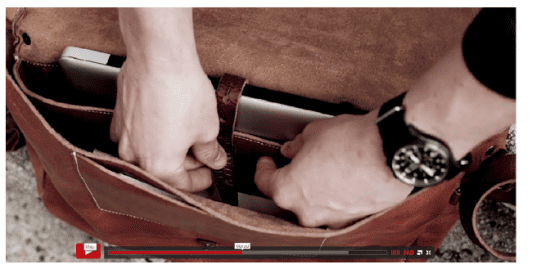
For example, Whipping Post, an e-commerce store that sells simple, functional bags uses videos to accentuate their customers’ shopping experience.
In addition to a carousel of images, they also display short videos to give their customers a better view of the product thus helping them make confident purchase decisions.
It comes as no surprise that social influence impacts purchase decisions.
According to recent research, 75% of social generated e-commerce sales in 2013 came from Twitter, Facebook and Pinterest.
This is where Vine comes into the picture. By asking your customers and fans to create short, captivating six second videos as a part of a contest, Vine helps you enhance customer engagement and perhaps more importantly, build brand equity.
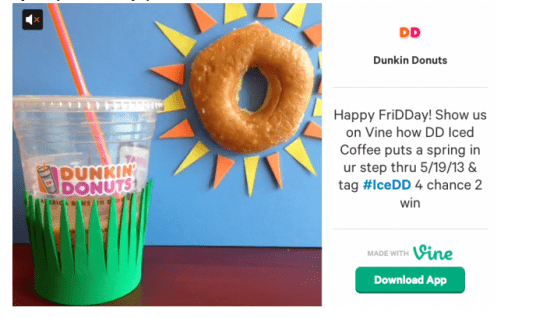
For example, Dunkin Donuts, an American global doughnut company, recently asked their customers to post Vine videos that show how much they enjoy Dunkin’ Donuts iced coffee. The winning six-second video would get free iced coffee for a year. Through this vine video, the brand was successful in promoting itself and grabbing the attention of lots of people globally.
-
3. Using videos as a part of customer service
Videos provide you with an opportunity to provide better online customer service and thus help improve customer loyalty and encourage future conversion. Showcasing pre-recorded videos on common questions in your customer support scenario can help you reduce support costs by being able to answer their queries with a more visual representation of the problem.
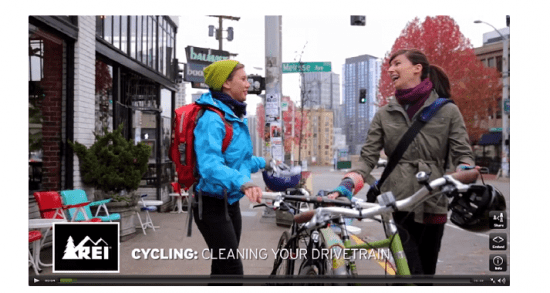
REI, an American retailer in adventure gear, for instance uses videos to clear customer queries on how products work and what are its uses.
These FAQ videos give customers a better idea about how to use products that are sold by the brand. As in the case of REI, going beyond just a simple product promotion video, will help you reach out and connect directly with your customers without losing a chance to promote whatever products you want to promote.
-
4. Creating video content that resonates with your customers
Videos are a great way to position yourselves as a hub that educates customers on different activities, while showcasing your products. Sexy Hair, a chain of salons, is a brand trusted by most hair stylists. The company went on to build on this by acting as a hub for information about hair-do and getting better at styling.
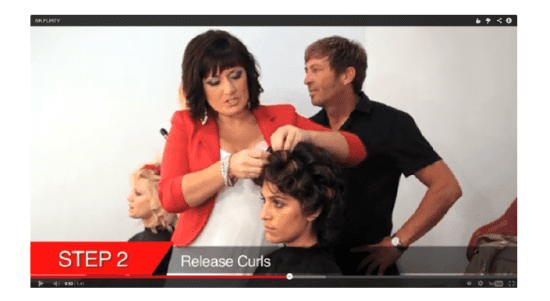
Sexy Hair maintains a huge collection of informative videos that inspire, educate and equip their shoppers on how to try different looks.
Customers can learn how to blow-dry their hair, make a soft romantic flirty look, or put their hair in a quick bun. This way, they are able to hook in customers by giving away some hair styling tips for free.
-
5. Promoting products through ‘shoppable’ videos
Today videos are moving from a mere passive brand awareness to an active sales channel. By making your videos interactive and shoppable, you can now deliver your content to consumers at places where they want to engage instead of making them come to you. This make it easier for your shoppers to buy an item when they see it - be it a photo on a news website or a video on the highlights of the week.
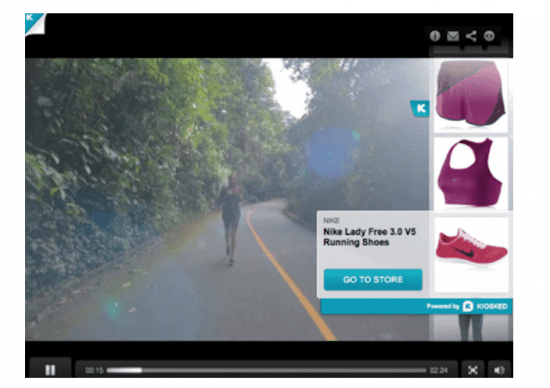
Nike has been using shoppable online videos as a part of their recent product launches. The brand even integrated it with an e-commerce model by allowing publishers to embed these shoppable videos on their website, while letting shoppers to click on something that they were interested in buying.
-
6. Live-streaming of fashion shows
Luring luxury shoppers through live-streaming of fashion shows has now become an important part of many consumer brands’ strategy. Fashion brands today have unveiled different ways to bring their show to life across various video platforms such as Instagram and Snapchat. The challenge that you are faced with now is about how to leverage video commerce and capitalize on the attention of this captive audience.
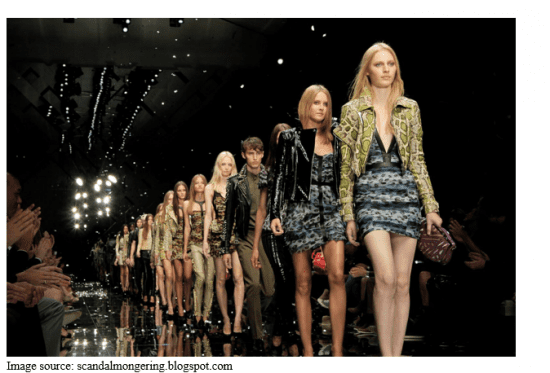
Burberry, a British luxury fashion line, does this by letting their viewers use mobile phones to buy their latest collections after a show ends. The fashion brand livestream fashion shows and even posts the live stream on the company website to allow their audience to view the clothes’ texture, motion, and colours in detail.
For a brand that is pioneer in user engagement via social media in driving user engagement through social media campaigns, this is nothing new. At the London Fashion week this year, Burberry retained its social media crown by bagging over 80,000 mentions through a five-day event part of which mainly came from live-streaming of its catwalk show.
There’s no doubt that video commerce is quickly becoming an integral part of e-commerce and brand marketing. Offering engaging product demonstrations and promotions on mobile will give you the creative flexibility to bring both your brand and products to life. Are there any other ideas that you think we missed out on here? Share your thoughts in the comments below.
Thank you to Devika Girish for sharing her thoughts and opinions in this blog post. Devika is in charge of Marketing Content creation at
MobStac, a mobile cloud platform who build mobile apps for e-commerce businesses and consumer brands on HTML5, Android, IOS and Windows. The MobStac platform reaches more than 5m users worldwide and is trusted by consumer brands across Asia and North America. Devika covers best practices related to mobile for businesses that enable marketers achieve their goals. You can follow Mobstac via
@mobstac or
LinkedIn.













